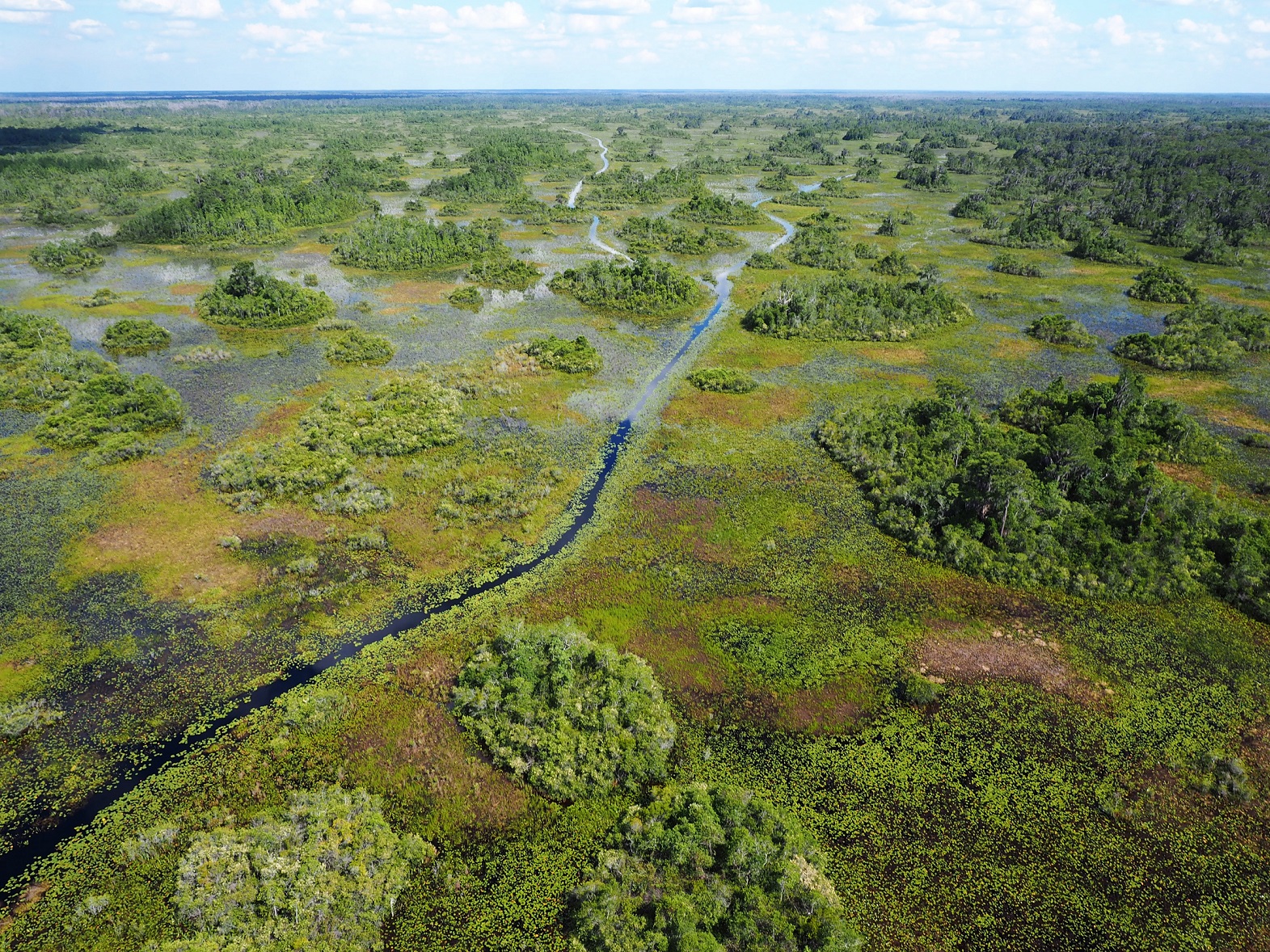SECAS is more than the Blueprint

Personal note from Mallory: During these extremely unusual times, I want to acknowledge the far-reaching breadth of challenges due to the COVID-19 pandemic. I also want to send my best wishes for safety and health to you and your families, organizations, and communities. We’re all in this together.
If you’ve been involved in SECAS very long, you’re probably aware that the SECAS partnership is more than the Blueprint. Most SECAS partners recognize the Southeast Conservation Blueprint as the primary product of SECAS, but it’s not the only product. In fact, there are a number of other products of SECAS that add to the value of the partnership. I like to refer to these as the “assets” of SECAS, to emphasize the benefits of these products and accomplishments in helping move the partnership toward further conservation achievement in the Southeast and beyond.
A quick recap of some of the SECAS assets includes the following:
-
The SECAS partnership itself: Beginning in 2011, the directors of state fish and wildlife agencies and principals of federal agencies in the Southeast with natural resource management responsibilities came together to strengthen collaboration and to ensure that individual sub-regional actions add up to something more than independent, self-directed efforts.
-
SECAS Steering Committee: A subset of five state fish and wildlife agency directors and one federal agency principal now provide oversight and strategic direction to the SECAS initiative.
-
SECAS Points of Contact (POCs): These people help accomplish the work of the partnership. The state fish and wildlife agency directors and federal agency principals designated specific POCs to represent their agencies in the regional initiative. Beginning in 2020, the POCs now include representation from three conservation non-profits, expanding formal SECAS partnership representation beyond just the state and federal agencies.
-
The SECAS Vision: The partnership is directed toward a shared, collective vision - a connected network of lands and waters that supports thriving fish and wildlife populations and improved quality of life for people.
-
The SECAS Goal: Complementing the shared vision, the SECAS Goal calls for a 10% or greater improvement in the health, function, and connectivity of Southeastern ecosystems by 2060.
-
The SECAS Goal Report: Beginning in 2019, this groundbreaking effort is an assessment of progress toward the goal using information from existing monitoring programs and ecological assessments – not a new effort – and will be updated annually to track progress and define trends.
-
The Southeast Conservation Blueprint: Now in version 4.0, the Blueprint prioritizes areas of high conservation value that are most important for ecosystem health, function, and connectivity. It stitches together smaller sub-regional plans into one consistent map, incorporating the best available information about key species and habitats. The input data, known issues, changelog information, and other metadata are documented and regularly updated on the SECAS website.
-
Blueprint use cases: So far, over 170 people from 80 organizations have used, or are in the process of using, the Blueprint to help inform conservation decision making, influence conservation investment, and enhance efficiency of conservation resources in the Southeast. For more in-depth examples of how the Blueprint is being used, check out the SECAS in Action story map. You can also see a detailed list of the organizations using the Blueprint.
-
Blueprint user support: Staff assistance is available across the Southeast to help users navigate the Blueprint in support of specific conservation actions such as informing grant applications and requests for proposals, developing and implementing local conservation plans, or informing more detailed conservation priorities. Visit the contact page to reach out to the user support lead for your state. An online guide to using the Southeast Blueprint is also available and describes a number of ways to use the Blueprint to support a proposal or inform conservation decisions.
These are just a few of the “assets” of the SECAS partnership that help guide, direct, and communicate the progress and accomplishment of the initiative. Stay tuned to the SECAS website and to this blog for regular updates on the SECAS assets and other partnership accomplishments.